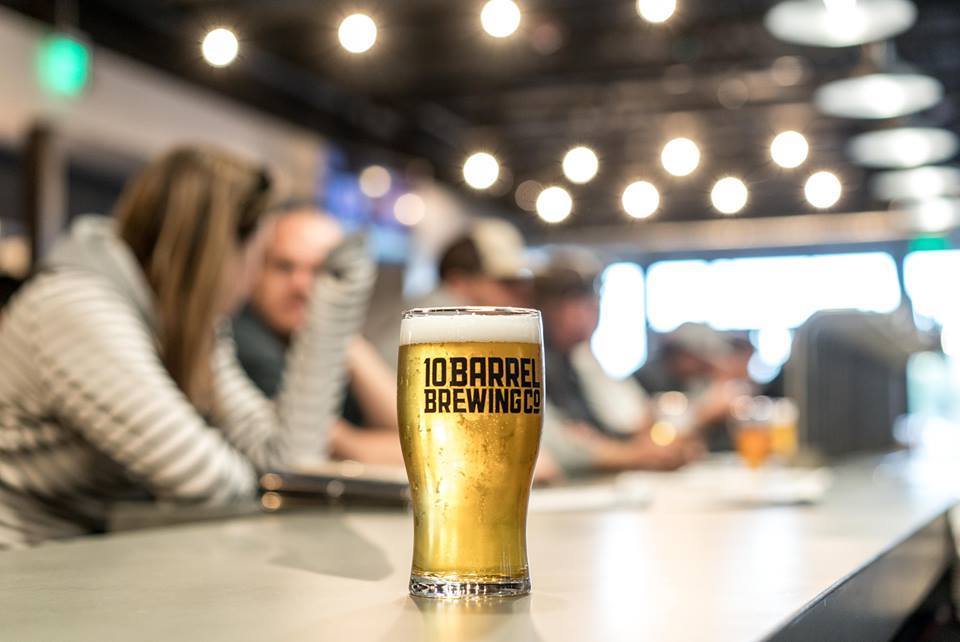This being Independence Day, I’m reminded of 10 Barrel Brewing’s ill-fated attempt to crack San Diego’s beer market.
In May 2017, the Anheuser-Busch-owned brewery hosted a block party to celebrate the opening of its spacious East Village brewpub. The bash was crashed by a cadre of local brewers and beer fans who had hired a plane to tow a banner over that event.
The banner’s message: “10 Barrel is Not Craft Beer.”
10 Barrel’s outpost here was shuttered in late 2020, ostensibly due to COVID-19 restrictions on business, but doubtless hampered by a hostile craft beer community.
“Craft beer” has long been defined as beers from small, local, independent breweries that employ traditional methods and ingredients.
In the past, then, corporate ownership meant former craft operations were shunned. Boycotts wounded Ballast Point and Saint Archer after those San Diego breweries were purchased in 2015 by out-of-town interests, the former by Constellation Brands, the latter by Molson Coors.
In 2019, a much-diminished Ballast Point sold to a Chicago-area brewery, Kings & Convicts, its current owner. Saint Archer is history, shut down in 2022.
Just months after Saint Archer’s demise, though, Japanese brewing behemoth Sapporo bought the county’s largest brewery, Stone. The craft beer community’s response: crickets.
Today, many of the craft beer revolution’s generals have been captured by corporations. The lengthy list includes California standouts Lagunitas (Heineken) and Firestone Walker (Duvel Moortgat); Colorado’s New Belgium (Kirin); Michigan’s Bell’s (Lion); New York’s Ommegang (Duvel Moortgat); etc.
Surveying this landscape, I posed a tough question to Erik Fowler. Are craft beer fans no longer chanting “Give me independence or give me death!”?
“If I had a quick, clean answer for you, I’d make a lot of money,” said Fowler, president of the San Diego Brewers Guild. “It’s very fluid.”
“The term ‘craft beer’ has changed a lot,” he continued. “The breweries tried to define it for a long time. But what we’ve come to realize, whether we admit it or not, is that the consumer is the one who defines it. It’s what resonates with them.”
Still, given Anheuser-Busch’s rocky relationship with craft breweries, I doubt the welcome mat will be unrolled for 10 Barrel.
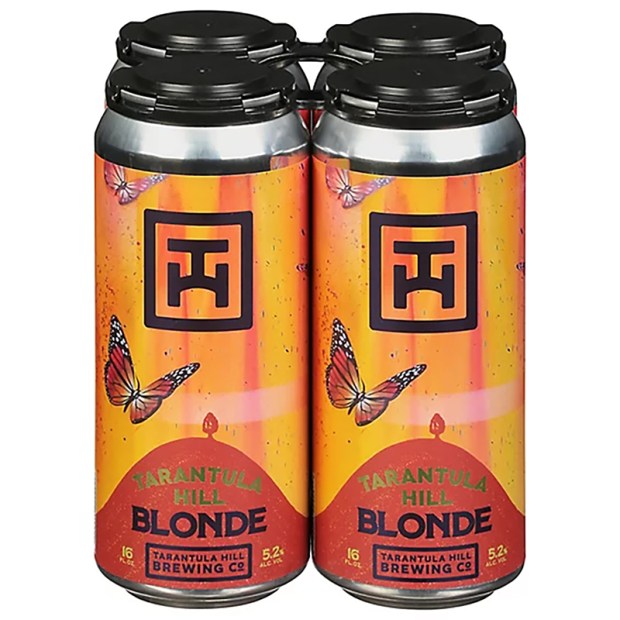 Tarantula Hills Brewing in Thousand Oaks makes blonde ales for Cohn Restaurant Group locations in San Diego County. (Tarantula Hills)
Tarantula Hills Brewing in Thousand Oaks makes blonde ales for Cohn Restaurant Group locations in San Diego County. (Tarantula Hills)
Tarantulas in the Haus
Now marking its first anniversary: a partnership between the Cohn Restaurant Group (CRG) and Tarantula Hill, the Thousand Oaks firm with a satellite brewery in San Marcos.
For CRG’s La Mesa operations, Casa Gabriela and Coin Haus, Tarantula Hill makes a Mexican lager, a West Coast IPA, a hazy IPA and a brew that, depending on location, is known as Coin Haus Blonde Ale and Gabby’s Blonde.
A pro tip from Jon Boyle, CRG’s operations manager: “When we use the blonde ale at Casa Gabriela, it makes a mean michelada.”
The Next Round
Today and Saturday: Brewery X’s Hoppy Harbor, a 4.9 percent ABV session ale, will debut at the Sheraton San Diego Resort, from 3 to 10 p.m. both days. Pints are $5. Sheraton San Diego Resort, 1380 Harbor Island Drive, San Diego. brewery-x.com
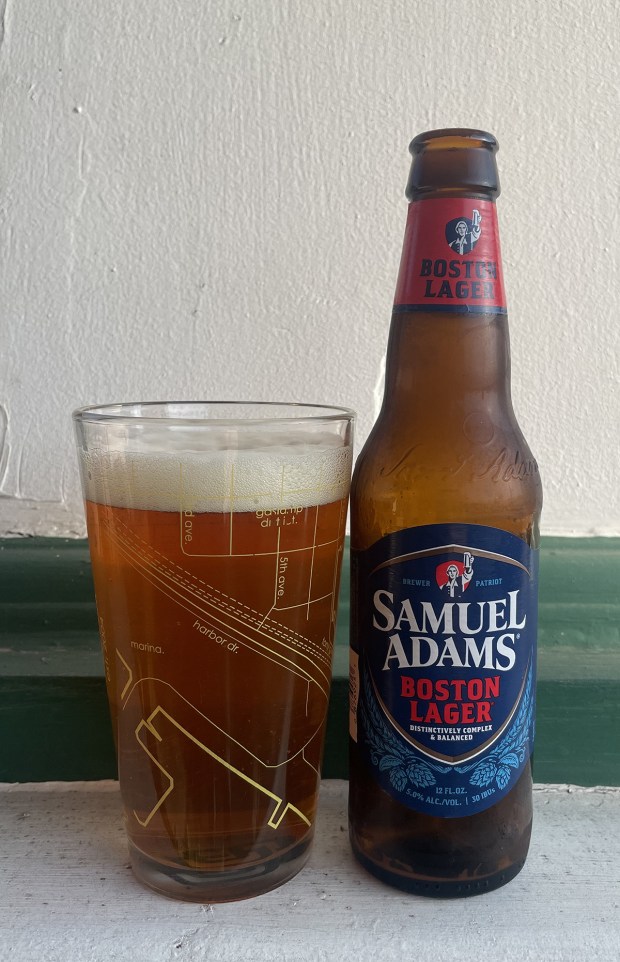 Samuel Adams Boston Lager. (Peter Rowe)
Samuel Adams Boston Lager. (Peter Rowe)
Quick Sips, Veterans of the Craft Beer Revolution
Beer: Samuel Adams Boston Lager
From: Boston Beer Co., Boston
Alcohol by Volume (ABV): 5 percent
Style: Amber Lager
Drink or Dump: Drink. Along with Sierra Nevada Pale Ale, this craft beer pioneer proved that consumers thirsted for something bolder and more flavorful than the fizzy yellow lagers that dominated the market. Now a sturdy 40-year-old, Boston Lager may have lost its revolutionary sheen, but it remains a satisfying brew, smooth and medium-bodied with plenty of toasted caramel flavors and a mild yet palate-cleansing bitterness.
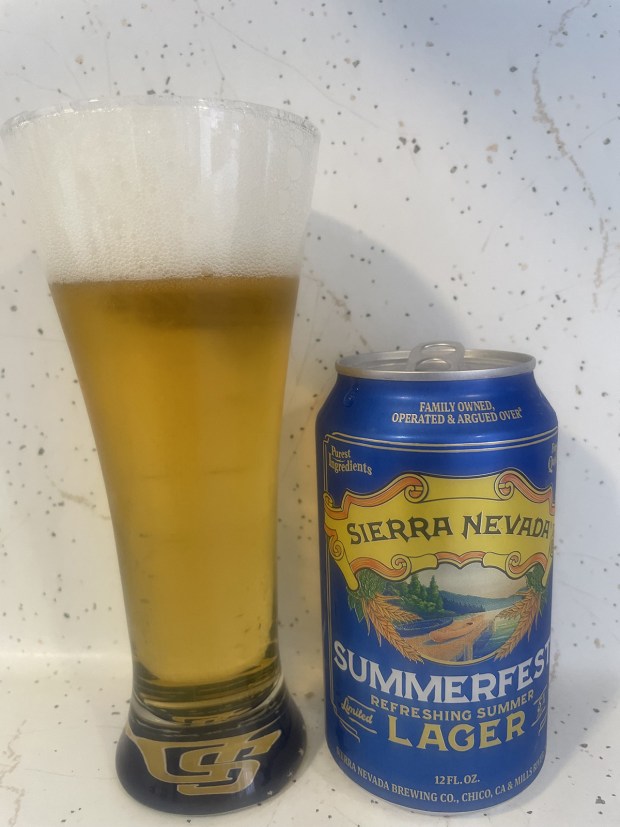 Sierra Nevada’s Seasonal Pilsner. (Peter Rowe)
Sierra Nevada’s Seasonal Pilsner. (Peter Rowe)
Summerfest
From: Sierra Nevada, Chico
ABV: 5 percent
Style: Seasonal Pilsner
Drink or Dump: Drink. Sierra Nevada is one of craft beer’s O.G.s, introducing many of us to a wide range of beer styles: pale ale and stout (both created in 1980), fresh hop India Pale Ale (Celebration, 1981), barleywine (Bigfoot, 1983) and others. Now 34 years old, Summerfest is a relatively youngster but holds its own as a crisp, quaffable hot weather beer.
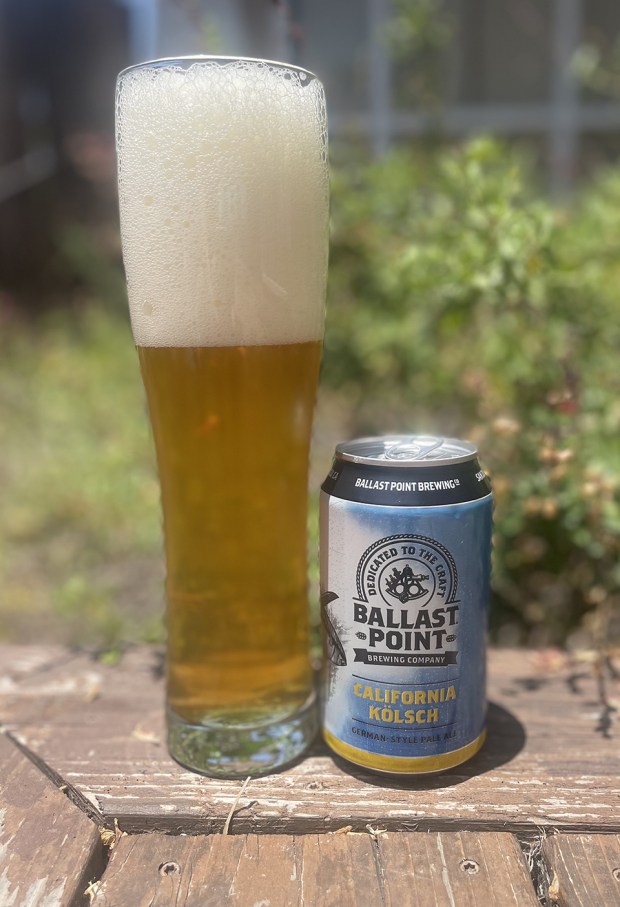 Ballast Point California Kolsch beer. (Peter Rowe)
Ballast Point California Kolsch beer. (Peter Rowe)
California Kolsch
From: Ballast Point, San Diego
ABV: 5.2 percent
Style: Kolsch
Drink or Dump: Drink. Introduced in 1996 as Yellowtail Pale Ale, California Kolsch adopted its current name in 2016 after Australia’s Yellow Tail winery sent a “cease and desist” letter. Call it what you will, this is a local craft beer landmark, one of the Point’s earliest beers. It’s also This is also a solid crack at a delicate, demanding German style, with a dash of pepper and a trace of mineral water adding zest to the bread-like malts.
